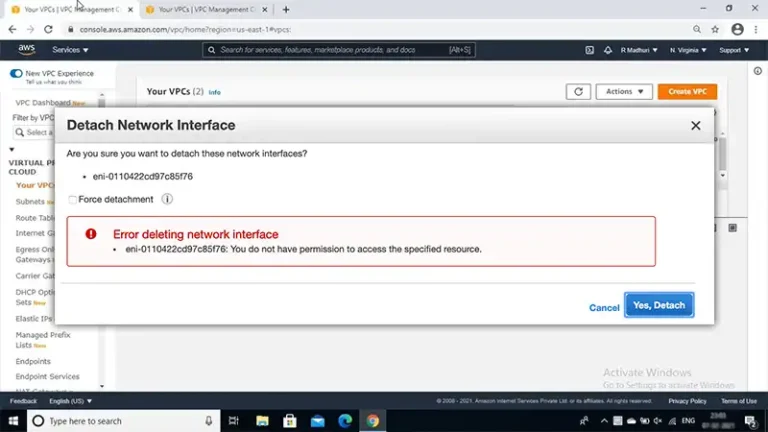How to Create an Elasticsearch Cluster in AWS: A Comprehensive Guide
Elasticsearch, a distributed, RESTful search and analytics engine, has emerged as a powerful tool for storing, searching, and analyzing data in real time. When deployed in a cluster on Amazon Web Services (AWS), Elasticsearch becomes even more robust, scalable, and fault-tolerant.
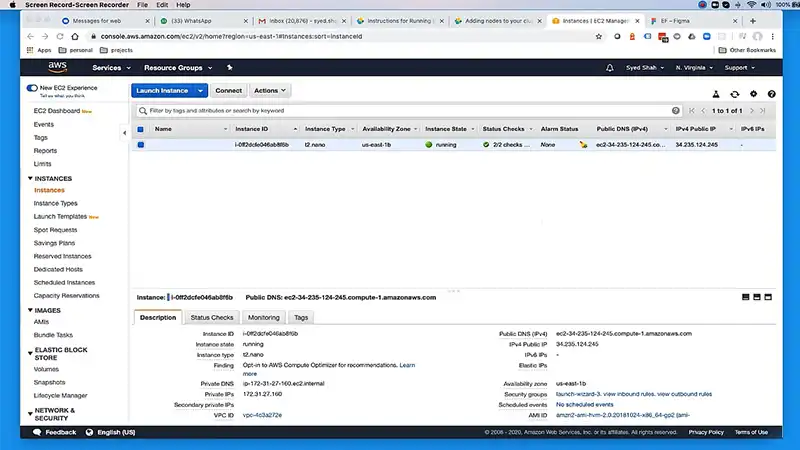
Understanding Elasticsearch Cluster in AWS
An Elasticsearch cluster in AWS refers to a group of interconnected Elasticsearch nodes that work together to store and process data. AWS offers a range of services to facilitate the deployment of Elasticsearch clusters, notably Amazon Elasticsearch Service (Amazon ES), a managed service that simplifies the setup, operation, and scaling of Elasticsearch clusters.
Why an Elasticsearch Cluster in AWS?
1. Scalability
AWS allows easy scaling of Elasticsearch clusters to accommodate changing data and query loads.
2. High Availability
Clustering in AWS ensures redundancy, minimizing downtime and data loss.
3. Security
AWS provides robust security features, including encryption, access controls, and VPC (Virtual Private Cloud) configurations.
4. Managed Service Benefits
Amazon ES manages administrative tasks, freeing users from infrastructure management.
Steps to Create an Elasticsearch Cluster in AWS
Step 1: Accessing Amazon Elasticsearch Service
- Sign in to AWS Console: Log in to your AWS account and navigate to the Amazon Elasticsearch Service.
Step 2: Creating a New Domain
- Choose “Create a new domain: Click on the button to begin configuring your Elasticsearch domain.
- Configure Domain: Define the domain name, instance type, storage, network configuration, and access policies.
- Create Domain: Review the configuration and create the domain.
Step 3: Access and Configure Elasticsearch
- Access Domain Endpoint: Once the domain is created, access the Elasticsearch endpoint provided.
- Configure Indexes and Mappings: Define indexes and mappings for data storage and retrieval.
- Data Population: Begin populating data into the Elasticsearch cluster using APIs or tools like Logstash.
Frequently Asked Questions (FAQ)
1. What Instance Type Should I Choose For My Elasticsearch Cluster?
Ans: The instance type selection depends on your workload and performance requirements. Start with the recommended instance types and adjust based on performance metrics.
2. How Can I Ensure Data Security In An Elasticsearch Cluster On Aws?
Ans: Implement AWS security features like VPC settings, encryption at rest, and access policies. Regularly review and update security configurations.
3. Can I Modify The Cluster Size After Its Creation?
Ans: Yes, Amazon ES allows you to modify the cluster size by scaling up or down based on your evolving requirements.
Conclusion
Amazon Elasticsearch Service simplifies cluster setup in AWS, ensuring scalability, high availability, and security. It enables efficient data management, real-time analytics, and advanced search capabilities, empowering businesses to leverage Elasticsearch effectively.

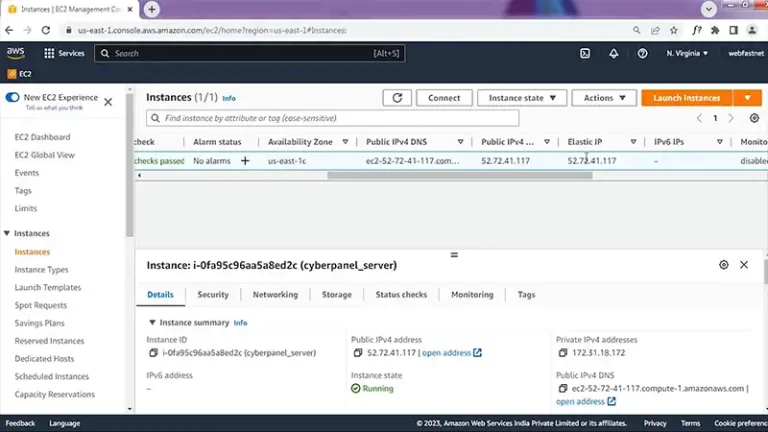
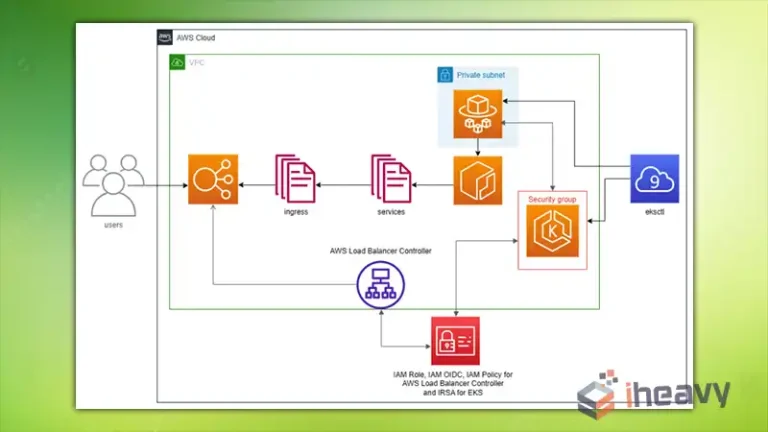
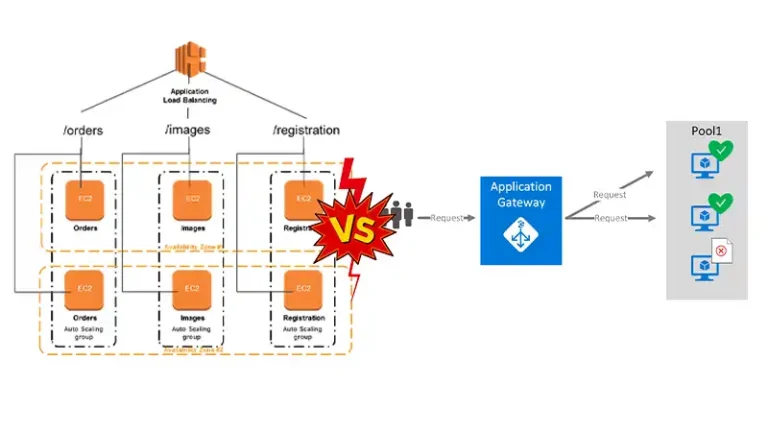

![[Answered] How To Migrate A Website To AWS?](https://www.iheavy.com/wp-content/uploads/2024/02/How-To-Migrate-A-Website-To-AWS-768x431.webp)
